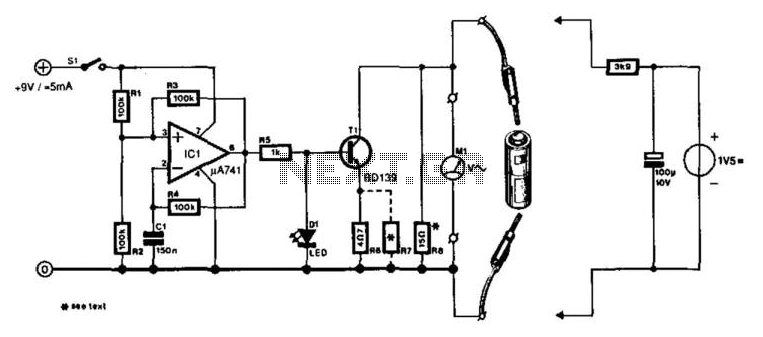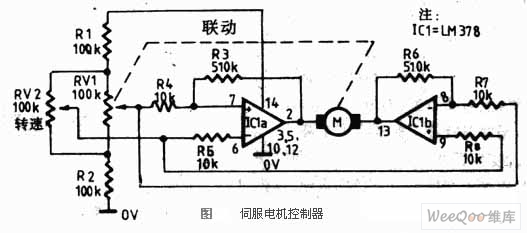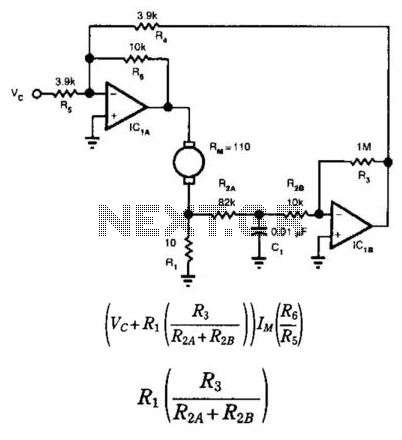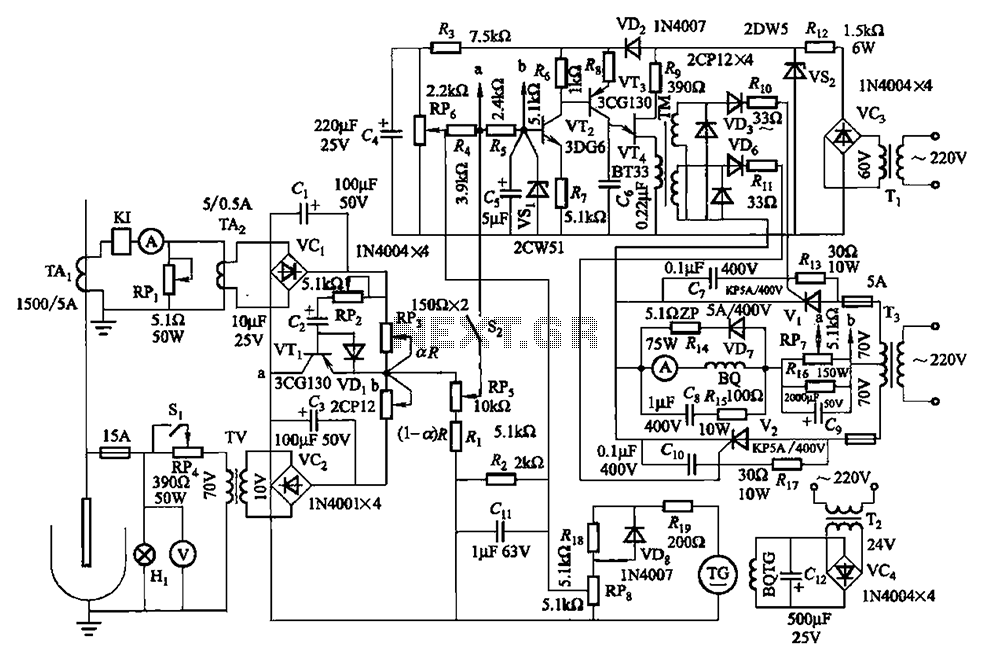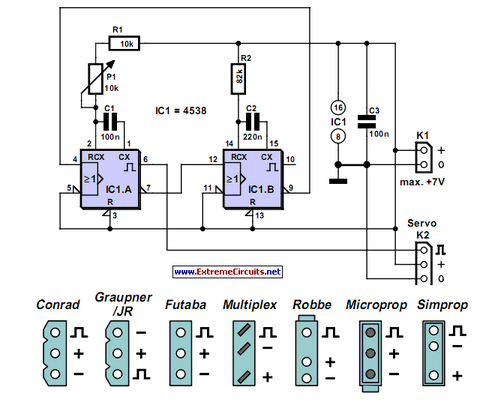
stepper motor tester
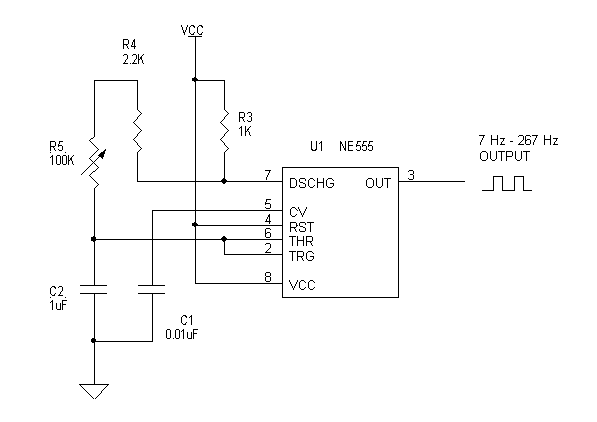
To build a stepper motor tester, the circuit includes two sets of drivers that support both unipolar and bipolar stepper motors. The control circuit and driver circuit are powered by separate supplies, allowing compatibility with a wider range of motor power supplies. The motor driver can accommodate motors with power supplies ranging from 5V to 24V. The tester comprises three main sections: the clock generator, phase sequence waveform logic, and power transistor drivers. Three switches are incorporated in the circuit for selecting forward or backward movement, motor start-and-stop control, and wave/full step drives. The tester does not support half-step drive. In the circuit diagram, the clock signal from the oscillator connects to the 74LS193, an up/down binary counter. When the clock signal connects to the count-up input, it generates a pulse sequence for the stepper motor in a clockwise direction. If the count-down input is used, the motor will turn counter-clockwise. The 74LS139 decodes the two-bit counter output and generates four-phase pulses to drive the stepper motors at their respective terminals. Driving unipolar and bipolar stepper motors is similar, with each phase pulsing alternately. There are three methods to drive the motors, with wave drive being the simplest: a pulse is applied to each coil terminal one at a time. The half-step method applies pulses to one or two coils alternately, creating finer movements and doubling the number of steps per revolution. However, this can lead to increased vibration due to unequal torque in each step. The diagram includes four Darlington NPN transistors to drive each coil terminal, with only one transistor active at a time during wave drive. In full-step drive, two transistors are always turned on. The bipolar driver diagram features four Darlington NPN power transistors arranged in an H-bridge circuit to drive each coil in the bipolar stepper motor. Two H-bridge drivers are required for a four-wired bipolar stepper motor. Since the control circuit operates at 5V (VCC) and the motor driver power supply is separate (V+ from 5V to 24V), two additional transistors (Q13 & Q14, Q15 & Q16) are necessary for each H-bridge driver when the V+ voltage supply exceeds 5V to accommodate higher voltage stepper motors. The wiring of typical stepper motors is crucial, as incorrect polarity can affect rotation direction, leading to missed steps and excess vibration. When a six-wired stepper motor is driven by bipolar drivers in a four-wired configuration, the power supply must exceed the rated unipolar voltage, as it operates in full coil mode. Voltage does not need to be doubled; it depends on the motor's power rating specifications. A simple method to determine stepper motor wiring is available through additional resources. The testing setup includes a six-wired stepper motor removed from an HP LaserJet III printer, manufactured by Japan Servo Co. Ltd., part number RH7-1048. This motor is rated at 5.2V and 1.4A per phase in unipolar drive, with a measured resistance of about 3.5 ohms to the center tap. The tester operates the motor at a 5V power supply in unipolar driver mode. For bipolar drivers, the coil's power rating must be calculated, with a recommended voltage supply of approximately 7V at 1A per phase. Additionally, the testing setup includes an inkjet printer motor, a four-wired bipolar stepper motor, which lacks specific information, but estimates from the printer circuit suggest it operates at around 12V. The coil's resistance is approximately 4.5 ohms while being tested with a 12V power supply in bipolar driver mode. Many stepper motors used in printers typically operate on a 24V supply and have a step angle of 7.5 degrees.
The stepper motor tester circuit is designed to effectively evaluate both unipolar and bipolar stepper motors. The separation of the control and driver circuits allows for versatility in power supply selection, accommodating motors with voltages ranging from 5V to 24V. The inclusion of a clock generator, phase sequence logic, and power transistor drivers ensures precise control over the motor's operation. The use of a 74LS193 binary counter enables the generation of pulse sequences that dictate the direction of motor rotation, while the 74LS139 decoder facilitates the generation of the necessary four-phase signals for stepper motor operation.
The circuit's design prioritizes ease of use, featuring three switches that allow the operator to easily select the desired mode of operation, whether it be forward or backward movement or switching between wave and full-step drive modes. The wave drive method simplifies the control process by activating one coil terminal at a time, while the full-step drive method engages two transistors simultaneously, optimizing torque and performance.
The inclusion of Darlington NPN transistors enhances the driving capability of the circuit, allowing for efficient current handling and improved performance when driving the stepper motors. The H-bridge configuration utilized for bipolar motors is particularly noteworthy, as it enables bidirectional control of the motor, expanding the tester's functionality.
Attention to detail in wiring and polarity is critical to ensure proper motor operation and to avoid issues such as missed steps and vibrations. The tester's design accommodates various motor types and configurations, making it a valuable tool for testing and evaluating stepper motors in different applications. Overall, the stepper motor tester circuit stands as a robust solution for assessing the performance of both unipolar and bipolar stepper motors in a variety of settings.To build astepper motor tester, the circuit contains two sets of drivers that can support both unipolar and bipolar stepper motors. The control circuit and driver circuit are in separate power supplies that can work on a wider rangeof different power suppliesof motors.
Themotor driver can support motors with power supplies from 5V-24V. The stepper tester contains three major sections: the clock generator, phase sequence of waveform logic, and power transistor drivers. The 3 switches are used in the circuit for theselection offorwards / backwards movement, motor start-and-stop control, and a wave / full step drives.
The tester does not provide a half-step drive. In the circuit diagram, the clock signal from the oscillator connects to the 74LS193, an up/down binary counter. When theclock signal connectsto the count-up input, itwill generate the pulse sequence to the stepper motor in a clockwise direction.
It will turn counter-clockwise if the count-down input is used. The 74LS139 decodes the two-bit counter output and generate the 4-phase pulses to drive the stepper motors in the 4-phase terminals respectively. Driving the unipolar and bipolarstepper motors are the same, but each phase will pulse alternatively.
There are three methods used to drive, but the wave drive is the simplest way: a pulse is applied to each of the coil terminal at a time. The half-step applies pulses to one or two coils alternatively. This will create finer movements. The half-step drive will have double the amount of steps / revolution. As the torque is unequal in each step, it will cause more vibration. In the diagram, four Darlington NPN transistors are used to drive each coil terminal. Only 1 transistor is turned on at a time in a wave drive. In a full-step drive, it will always have 2 transistors turned on. In the bipolardriver diagram, four Darlington NPN power transistors form an H-bridge circuit to drive each coil in the bipolar stepper motor.
Two H-bridge drivers are needed for the four-wired bipolar stepper motor. Because the control circuit uses 5V (VCC) and the motor driver power supply is separated (V+ from 5V-24V), 2 additional transistors (Q13 & Q14, Q15 & Q16) are required for each H-bridge driver when the V+ voltage supply is more than 5V to drive the higher voltages stepper motors. Below are three basic wirings of typical stepper motors. The polarity of the phase terminals are very important. It can affect the direction of the rotation, which will lose steps andexcess vibration if wired incorrectly.
When the 6-wired stepper motor is driven by the bipolar drivers in 4-wired configuration, the power supply needs to be higher than the rated unipolar voltage because it operates in a full coil. Also voltage does not always have to be doubled, it depends on the power rating specifications from the motor.
One of the simplest ways is to find the stepper motors wiring, click here. The pictureshows a testing for the 6-wired stepper motor, which was removed from a HP LaserJet III printer. This steppermotor is made by Japan Servo Co. Ltd. , part number RH7-1048. It is marked with5. 2V at 1. 4A per phase in a rated unipolar drive. The resistance is measured at about 3. 5 ohms to the center tap. The tester is driving the motor at a 5V power supply in a unipolar driver. If the motor is using bipolar drivers, first, calculate the power rating of the coil. The voltage supply should be about 7V at 1A per phase. The picture shows a testing for an ink jet printermotor that is a 4-wired bipolar stepper motor. The motor has no information is povided, but traces of the printer circuit estimates the motor to be about 12V.
The coil`s resistance is about 4. 5 ohms as it is being tested in 12V power supply in bipolar drivers. Many of the stepper motors used in printers are in 24V supply and a 7. 5 degree/step. 🔗 External reference
The stepper motor tester circuit is designed to effectively evaluate both unipolar and bipolar stepper motors. The separation of the control and driver circuits allows for versatility in power supply selection, accommodating motors with voltages ranging from 5V to 24V. The inclusion of a clock generator, phase sequence logic, and power transistor drivers ensures precise control over the motor's operation. The use of a 74LS193 binary counter enables the generation of pulse sequences that dictate the direction of motor rotation, while the 74LS139 decoder facilitates the generation of the necessary four-phase signals for stepper motor operation.
The circuit's design prioritizes ease of use, featuring three switches that allow the operator to easily select the desired mode of operation, whether it be forward or backward movement or switching between wave and full-step drive modes. The wave drive method simplifies the control process by activating one coil terminal at a time, while the full-step drive method engages two transistors simultaneously, optimizing torque and performance.
The inclusion of Darlington NPN transistors enhances the driving capability of the circuit, allowing for efficient current handling and improved performance when driving the stepper motors. The H-bridge configuration utilized for bipolar motors is particularly noteworthy, as it enables bidirectional control of the motor, expanding the tester's functionality.
Attention to detail in wiring and polarity is critical to ensure proper motor operation and to avoid issues such as missed steps and vibrations. The tester's design accommodates various motor types and configurations, making it a valuable tool for testing and evaluating stepper motors in different applications. Overall, the stepper motor tester circuit stands as a robust solution for assessing the performance of both unipolar and bipolar stepper motors in a variety of settings.To build astepper motor tester, the circuit contains two sets of drivers that can support both unipolar and bipolar stepper motors. The control circuit and driver circuit are in separate power supplies that can work on a wider rangeof different power suppliesof motors.
Themotor driver can support motors with power supplies from 5V-24V. The stepper tester contains three major sections: the clock generator, phase sequence of waveform logic, and power transistor drivers. The 3 switches are used in the circuit for theselection offorwards / backwards movement, motor start-and-stop control, and a wave / full step drives.
The tester does not provide a half-step drive. In the circuit diagram, the clock signal from the oscillator connects to the 74LS193, an up/down binary counter. When theclock signal connectsto the count-up input, itwill generate the pulse sequence to the stepper motor in a clockwise direction.
It will turn counter-clockwise if the count-down input is used. The 74LS139 decodes the two-bit counter output and generate the 4-phase pulses to drive the stepper motors in the 4-phase terminals respectively. Driving the unipolar and bipolarstepper motors are the same, but each phase will pulse alternatively.
There are three methods used to drive, but the wave drive is the simplest way: a pulse is applied to each of the coil terminal at a time. The half-step applies pulses to one or two coils alternatively. This will create finer movements. The half-step drive will have double the amount of steps / revolution. As the torque is unequal in each step, it will cause more vibration. In the diagram, four Darlington NPN transistors are used to drive each coil terminal. Only 1 transistor is turned on at a time in a wave drive. In a full-step drive, it will always have 2 transistors turned on. In the bipolardriver diagram, four Darlington NPN power transistors form an H-bridge circuit to drive each coil in the bipolar stepper motor.
Two H-bridge drivers are needed for the four-wired bipolar stepper motor. Because the control circuit uses 5V (VCC) and the motor driver power supply is separated (V+ from 5V-24V), 2 additional transistors (Q13 & Q14, Q15 & Q16) are required for each H-bridge driver when the V+ voltage supply is more than 5V to drive the higher voltages stepper motors. Below are three basic wirings of typical stepper motors. The polarity of the phase terminals are very important. It can affect the direction of the rotation, which will lose steps andexcess vibration if wired incorrectly.
When the 6-wired stepper motor is driven by the bipolar drivers in 4-wired configuration, the power supply needs to be higher than the rated unipolar voltage because it operates in a full coil. Also voltage does not always have to be doubled, it depends on the power rating specifications from the motor.
One of the simplest ways is to find the stepper motors wiring, click here. The pictureshows a testing for the 6-wired stepper motor, which was removed from a HP LaserJet III printer. This steppermotor is made by Japan Servo Co. Ltd. , part number RH7-1048. It is marked with5. 2V at 1. 4A per phase in a rated unipolar drive. The resistance is measured at about 3. 5 ohms to the center tap. The tester is driving the motor at a 5V power supply in a unipolar driver. If the motor is using bipolar drivers, first, calculate the power rating of the coil. The voltage supply should be about 7V at 1A per phase. The picture shows a testing for an ink jet printermotor that is a 4-wired bipolar stepper motor. The motor has no information is povided, but traces of the printer circuit estimates the motor to be about 12V.
The coil`s resistance is about 4. 5 ohms as it is being tested in 12V power supply in bipolar drivers. Many of the stepper motors used in printers are in 24V supply and a 7. 5 degree/step. 🔗 External reference

